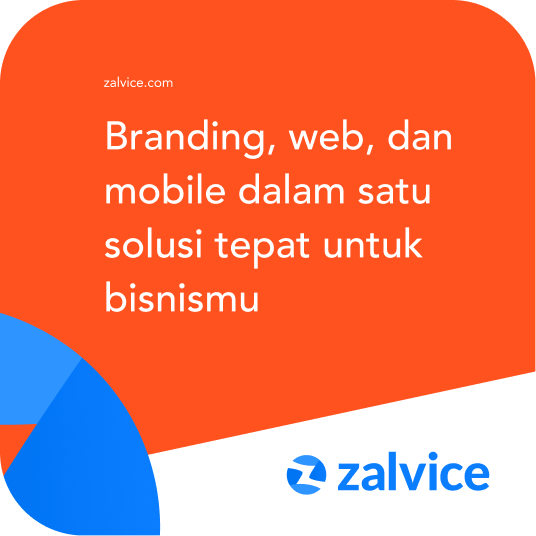
Top 10 AI Trends to Watch in 2025
Artificial Intelligence continues to reshape the digital landscape in profound ways. In 2025, we’ll see rapid evolution—not just in capabilities but in how humans and AI systems collaborate. Here are the top 10 AI trends to keep an eye on:
1. 📝 AI-Generated Content Becomes Mainstream
AI tools for text, video, audio, and image creation are now accessible to businesses and individuals alike. Expect:
- Wider adoption by marketers and creators: Blog posts, social media captions, product descriptions, ad creatives—many will be AI-assisted or even AI-driven.
- Video and animation growth: Tools like OpenAI's Sora and Runway will enable ultra-realistic video generation with simple prompts.
- Content scalability: Multilingual AI will empower global content strategies at a fraction of traditional cost.
AI will move from novelty to necessity in digital content workflows.
2. 🔁 Multi-Modal AI Experiences
AI models that process multiple data types (text, image, video, audio) at once—such as GPT-4o or Gemini—are breaking barriers in user interaction.
- Visual + verbal input: Ask your phone to describe a photo and summarize your notes in one go.
- Unified assistants: AI copilots will interpret spoken commands, visual data, and written instructions in seamless interactions.
- In education and accessibility: Learners with disabilities will benefit from AI that bridges modalities like speech-to-text, text-to-sign-language, and more.
Multi-modal AI will redefine "user interface" as "user intention."
3. 🤖 Truly Useful AI Personal Assistants
AI assistants will go beyond replying to queries—they'll become active participants in your life.
- Context-aware task automation: AI that understands your schedule, emails, and goals, then takes proactive action (e.g., reschedules meetings, drafts emails, suggests purchases).
- Memory & personalization: Tools like ChatGPT’s custom GPTs will remember preferences and offer consistent support.
- Cross-platform presence: AI agents will follow you across devices and applications, like a true digital companion.
Think beyond Siri or Alexa—2025 will bring the age of ambient intelligence.
4. 🤝 AI + Human Collaboration Tools ("Centaur Systems")
AI won’t just automate; it will augment. So-called “centaur systems” will amplify human creativity, not replace it.
- Design tools: AI suggests layouts, color palettes, and images while humans guide the narrative.
- Code copilots: Tools like GitHub Copilot accelerate development but still require human supervision.
- Data analysis: AI will generate dashboards and insights, but interpretation remains a human skill.
Collaboration between human judgment and machine speed is the sweet spot.
5. 📱 On-Device AI Processing
AI computations are increasingly being handled locally, not in the cloud. Thanks to specialized chips:
- Improved privacy: Personal data stays on-device (e.g., for health tracking, photos, or documents).
- Faster execution: Real-time voice translation, image processing, and smart camera features with low latency.
- Energy-efficient AI: Devices like Apple’s M-series and Snapdragon platforms are optimized for local inference.
On-device AI unlocks privacy-first innovation and new mobile use cases.
6. 🌐 AI-Powered Search & Autonomous Agents
Search is shifting from delivering links to delivering actions.
- Conversational search: AI summarizing web content, answering follow-up questions, and adapting to context.
- Autonomous agents: Tools like Devin or Auto-GPT will book meetings, plan trips, even execute basic tasks online.
- E-commerce impact: Shoppers can describe a need (“I need a gift for my brother who likes cooking”) and get curated results instantly.
Search is no longer about information retrieval—it's about intent fulfillment.
7. 🧪 Rise of Synthetic Data for Model Training
As privacy laws tighten and quality data becomes harder to access, synthetic data is rising.
- Simulation for rare scenarios: Self-driving cars trained on rare weather or edge-case conditions using synthetic data.
- Medical and financial AI: Data is generated to match statistical distributions without violating patient or user confidentiality.
- Faster model iteration: AI-generated datasets help test and refine models quickly.
Synthetic data unlocks scale and safety without compromising real-world relevance.
8. 🛡️ AI Regulation & Compliance Technologies
The legal landscape around AI is catching up. In 2025:
- Compliance will be mandatory: The EU AI Act, U.S. AI policy, and international guidelines will require transparency and fairness.
- Tooling emerges: New platforms will help organizations audit, log, and explain AI model decisions.
- Risk classification: AI systems will be categorized by risk level, with stricter scrutiny for high-risk systems (e.g., healthcare, law enforcement).
"Explainability" and "accountability" will become product features, not just legal checkboxes.
9. 🔐 AI in Cybersecurity (and Cyber Threats)
AI is both defender and threat in the cybersecurity space.
- Defensive AI: Pattern recognition and anomaly detection at scale, used for fraud prevention, phishing detection, and more.
- Offensive AI: Attackers using AI to craft realistic deepfakes, write malware, or automate social engineering attacks.
- Zero-trust systems: AI-driven systems will flag abnormal behavior in real time and auto-isolate risks.
Security in 2025 will be an AI vs. AI battlefield.
10. 🧠 Custom, Domain-Specific AI Models
Organizations are realizing that general-purpose AIs are not always optimal.
- Verticalized AI: Companies are training models on legal documents, medical records, or industry-specific data.
- Edge deployment: Smaller, efficient models run directly on internal servers or edge devices.
- Competitive moat: Private datasets become a company's unique AI advantage, not shared with competitors.
The future of AI isn't just big—it's specialized and contextual.
✅ Final Thoughts
2025 is shaping up to be a landmark year for AI—not just in terms of technological leaps, but in how people interact with, govern, and benefit from AI systems. Whether you're a developer, entrepreneur, or policymaker, understanding these trends is key to staying ahead.
Feel free to adapt or share this list in blog posts, presentations, or internal strategy decks. If you'd like a visual version (carousel, infographic, or slide deck), just ask!

